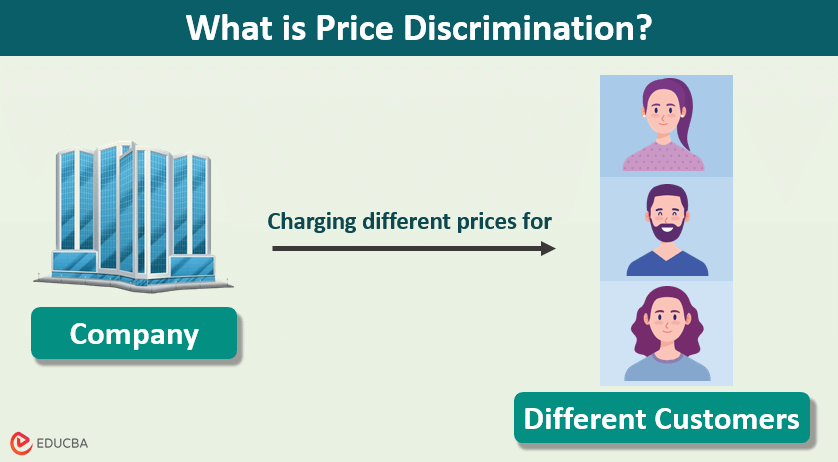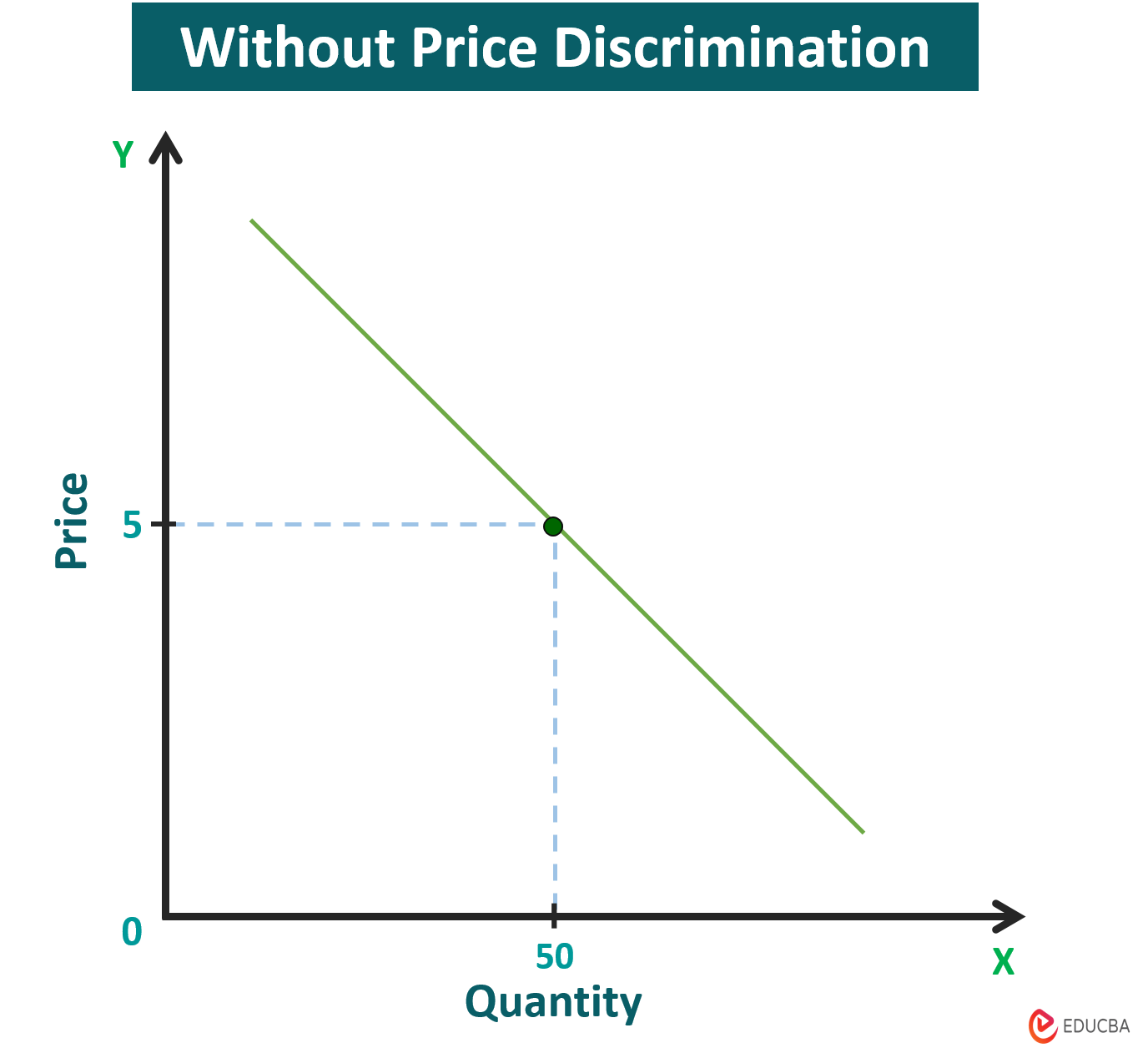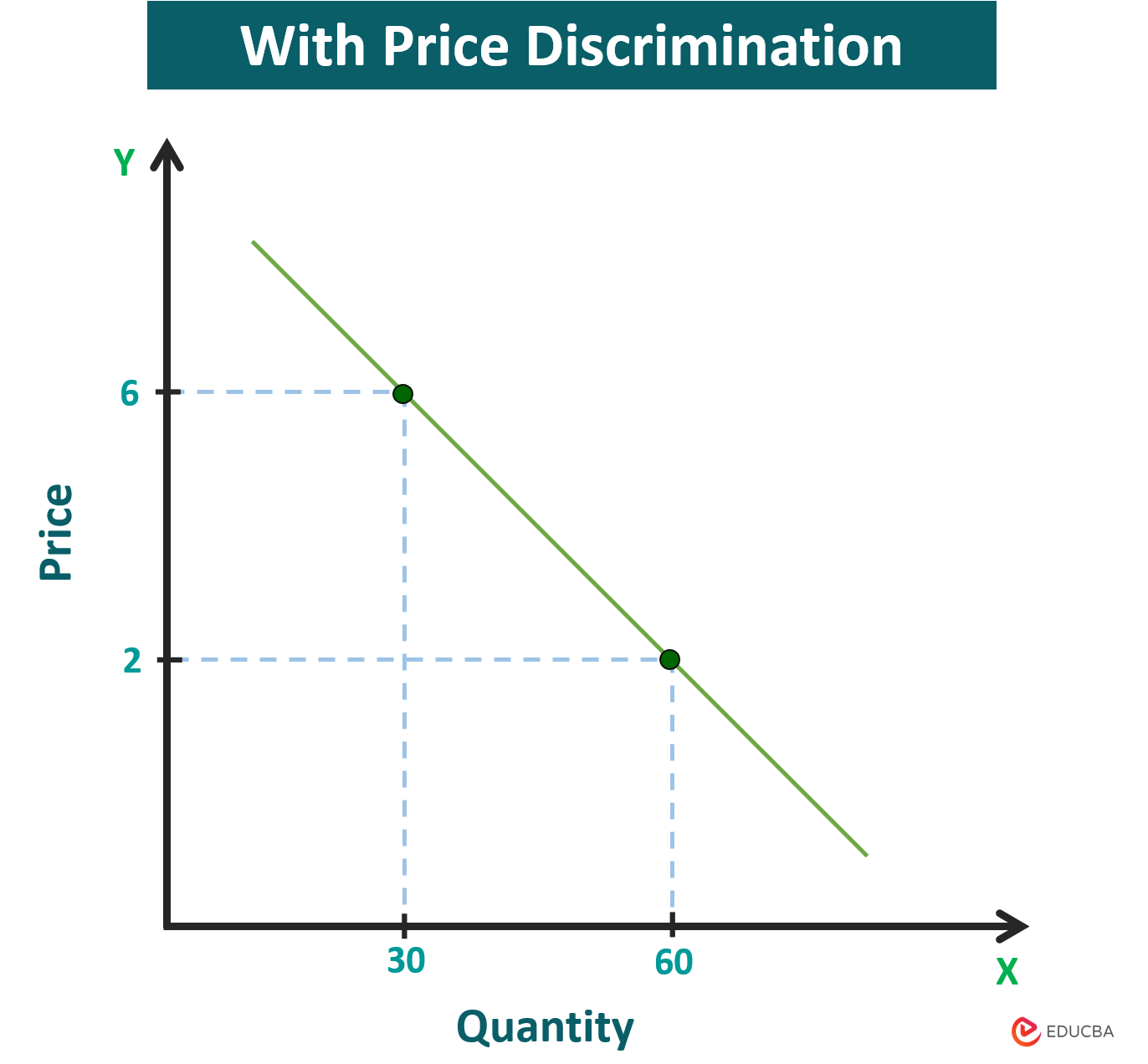What is Price Discrimination?
Price discrimination is a strategy in which a company charges different prices for products or services, depending on customer willingness to pay, geographic location, or purchasing patterns.
An example of price discrimination is airline ticket pricing. Passengers who book well in advance may pay a lower price, while those who book closer to the departure date or require more flexibility may face higher fares. It allows airlines to adjust prices based on customers’ preferences and willingness to pay at different times.
Table of Contents
Examples Of Price Discrimination
Example #1: Subscription Services
Netflix offers different subscription plans with varying features and costs. For example, they have basic plans that allow streaming on one device at a time, standard plans for simultaneous streaming on two devices, and premium plans for multiple devices and higher resolution streaming. The prices differ for each tier.
Example #2: Hotel Room Pricing
Hotel booking platforms often showcase dynamic pricing based on demand and seasonality. Booking a hotel room well in advance might offer lower prices, while last-minute bookings or stays during peak seasons may result in higher costs. Discounts are sometimes offered during off-peak periods to attract more bookings.
Types Of Price Discrimination
1. First-Degree Price Discrimination (Personalized Pricing)
- In this form, the seller charges the maximum price to each customer as they are willing to pay.
- The seller gathers information about individual customers’ preferences and willingness to pay and sets a personalized price for each customer.
- This type is often theoretical and challenging to execute in practice due to the difficulty of accurately evaluating individual customer’s willingness to pay.
Example: An example of first-degree price discrimination can be negotiating car prices at a dealership. Each person might end up paying a different price depending on how good they are at negotiating, what they personally like about the car, or how much they think it’s worth to them.
2. Second-Degree Price Discrimination (Quantity or Quality Discrimination)
- In this form, the seller differentiates prices based on the quantity or characteristics of the product or service.
- The objective is to motivate customers to purchase larger quantities or specific packages by offering lower prices for these options.
Example: An example of second-degree price discrimination can be bulk discounts at a grocery store. Imagine you are at a grocery store, and they offer you a better price per item when you buy many of them at once. So, the more you buy, the less you pay for each item.
3. Third-Degree Price Discrimination (Segmented Pricing)
- It is the most common type and involves setting different customer prices based on identifiable characteristics.
- The key is to identify and segment customers into groups with different elasticities of demand.
Example: An example of third-degree price discrimination can be theme parks. Theme parks usually charge different prices based on age group. So, they might have cheaper tickets for kids, regular-priced tickets for adults, and discounted rates for senior citizens.
Price Discrimination Graph
1. Without Price Discrimination
- Price: $5
- Quantity: 50 units
Explanation:
- In this scenario, there is a single price of $5 for all units sold.
- The graph shows a linear relationship between price and quantity, indicating that the quantity demanded is also constant as the price remains constant.
- There is no variation in pricing based on different customer segments or willingness to pay.
2. With Price Discrimination
- Price: $2, Quantity: 60 units
- Price: $6, Quantity: 30 units
Explanation:
- In this scenario, two different prices for the same product create price discrimination.
- Graph (a) shows that at a lower price of $2, the quantity demanded increases to 60 units. This lower price might attract more price-sensitive customers.
- Graph (b) shows that at a higher price of $6, the quantity demanded is lower at 30 units. This higher price might appeal to customers willing to pay more for the product.
Advantages of Price Discrimination
1. Helps Companies to Improve Their Revenue
It allows businesses to capture consumer surplus more efficiently. To maximize overall revenue, a company can set higher prices for customers who are less responsive to price changes and lower prices for those who are more price-sensitive.
2. Companies Can Use Their Resources Smartly
It helps allocate resources more efficiently. It ensures that consumers who value the product or service more (and are willing to pay higher prices) get access to the product, while those with a lower willingness to pay can still purchase at a lower price.
3. Promotes Market Expansion Through Targeted Pricing
It can enable companies to enter new markets or reach different consumer segments. A business may attract a broader range of customers by tailoring prices to different groups.
4. Varied Price Options Offer Better Deals for Everyone
Some claim that it can lead to increased consumer surplus overall. While some consumers pay higher prices, others benefit from lower prices, which can result in a net gain for consumers as a whole.
5. Drives Economic Efficiency Due to increased Investment in the Industry.
It promotes economic efficiency by allocating goods and services to those who value them the most. This, in turn, fosters innovation and encourages industry investment.
Disadvantages of Price Discrimination
1. Can Make Customers Unhappy
If people find out they are paying more for the same product as others, they might feel unfairly treated. It can cause dissatisfaction and harm the company’s reputation.
2. The Implementation Process is Complex
It can be tough to execute due to the complexity involved. This includes identifying target markets, understanding consumer behavior, and handling various pricing structures. It requires significant resources and refined strategies.
3. May Lead to Regulatory Issues
Regulators may investigate if they think something is unfair or hinders competition, and laws in certain places may restrict some practices.
4. May Lead to Market Distortion
Misinterpreting normal market forces may result in inefficient resource allocation when prices do not reflect production costs or when the market excludes specific consumers.
5. Results in Reduced Price Transparency
It could make prices less transparent, making it harder for consumers to compare and choose, which might limit competition.
Conditions for Successful Price Discrimination
Here are some simple conditions:
- Market Segmentation: The seller must be competent in separating customers into diverse groups based on their willingness to pay. These groups should have different levels of demand or preferences.
- No Arbitrage: Customers from one group should not be able to easily resell the product or service to another group at a lower price. It helps maintain the price differences between the segments.
- Different Price Elasticities: Each customer group should have different sensitivity to changes in price. In other words, some groups should be willing to pay more for the product, while others are more price-sensitive.
- Market Power: The seller should have some degree of market power or control over the pricing. If the market is highly competitive, it may be challenging to implement it successfully.
- Legal Considerations: Ensure your pricing strategy follows antitrust and competition laws to avoid legal issues or regulatory challenges.
- Costs of Implementation: The expenses of setting up and handling different prices for different customer groups should not exceed the benefits of price discrimination.
Final Thoughts
Price discrimination has both pros and cons. On the positive side, it can boost revenue and expand the market. However, it has downsides like consumer dissatisfaction and regulatory issues. To make it work well, businesses must find a balance and implement it carefully. They should ensure fairness, transparency, and regulation compliance to benefit the economy and consumers.
Frequently Asked Questions (FAQs)
Q1. Is price discrimination legal?
Answer: In many jurisdictions, price discrimination is legal as long as it does not involve unfair competition or violate antitrust laws. However, some forms of discrimination, such as discriminatory pricing based on race or gender, are illegal.
Q2. Are there ethical considerations in price discrimination?
Answer: Ethical considerations include transparency, fairness, and avoiding exploitation of vulnerable consumer groups. Businesses should communicate pricing strategies openly to maintain trust.
Q3. How does price discrimination affect consumers?
Answer: Price discrimination can be good for customers because it offers more choices and prices that match what they are willing to pay. However, it can also be bad because some people might be left out or pay more, affecting everyone’s well-being.






